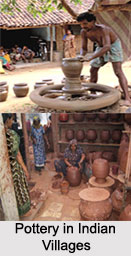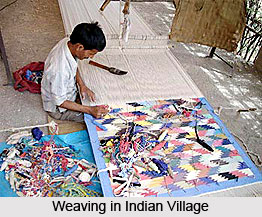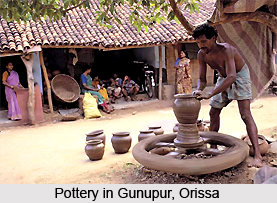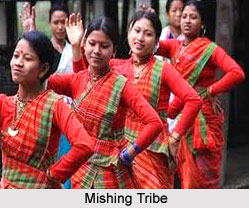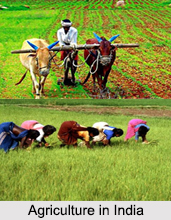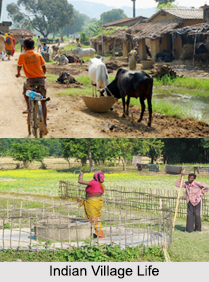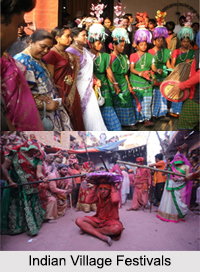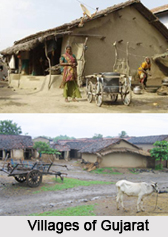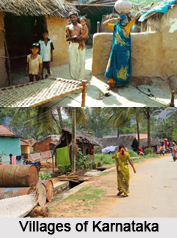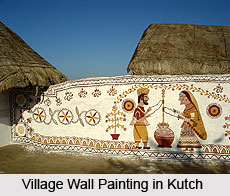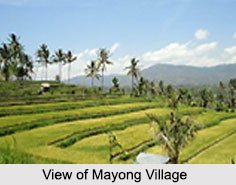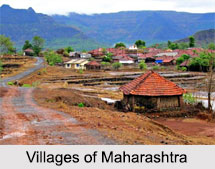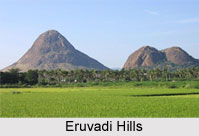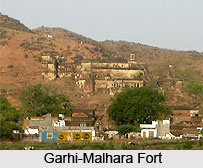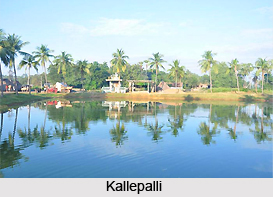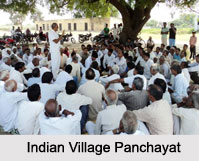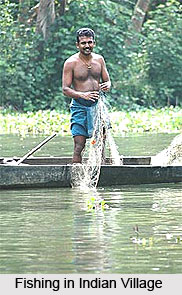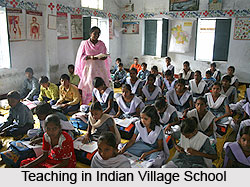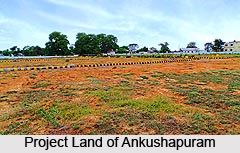 Ankushapuram is a hamlet in Warangal District of Telangana, the newly formed state of south India with Hyderabad as its capital for 10 years. It is a village panchayat in Chityal mandal of Warangal District.
Ankushapuram is a hamlet in Warangal District of Telangana, the newly formed state of south India with Hyderabad as its capital for 10 years. It is a village panchayat in Chityal mandal of Warangal District.
Location of Ankushapuram
Ankushapuram is a village panchayat in Chityal mandal in Warangal district, a historical place in Telangana. Ankushapuram is located at about 72 kilometres from Warangal city, the historical city of Telangana. This place is well known as it was the capital during the rule of Kakatiya Dynasty.
History of Ankushapuram
Ankushapuram has the long history of three hundred years. The name Munnuru seems to be of a recent origin, which means three hundred. The Telegu or Naidu Community were the Imperial guard of the Tanjore Nayaks who dispatched a battalion of his best Infantry and Cavalry for the personal security on the request of the Nawab of Hyderabad The Tanjore Nayak dispatched three hundred Telegu men and their families. The descendants of these Three hundred families are now called Munnuru Kapu. The Munnuru Kapu Community have always been associated with one Kingdom of Hyderabd or the other in the form of Interior Palace Guards like Tanjavur Nayaks, Devarakonda, Nizams of Hyderabad and the guards of other feudal lords. All these communities were originated from the time of Kakatiyas in this village.
Population of Ankushapuram
The population of Ankushapuram is approximately 1000. This village panchayat is a combination of two villages named as Ankushapuram and Somanpalli.
Administration of Ankushapuram
In this village there is no post office, no roads, no mobile tower and there is also no water plant. There is a government primary school in this village. Earlier, the literacy percentage of this village was very low, but now the literacy percentage is very good.
Economy of Ankushapuram
This village Ankushapuram is largely dependent on agriculture. At about 90 percent of the population depends on agriculture and the other related activities. The people of this village also produce cotton, red chilli and paddy (rice). Cotton is the major crop in this village because of the presence of black soil. Many thousands of quintals cotton production is produced every year. But many of the farmers depend on the monsoon for irrigation and drinking.
Tourism in Ankushapuram
Ankushapuram has two temples of ancient origin. One temple is dedicated to Lord Hanuman which is known as Hanuman temple. Hanuman Temple is located in centre of the village and another one is Baddi Pochamma temple. These temples are located on the outskirts of the village.

